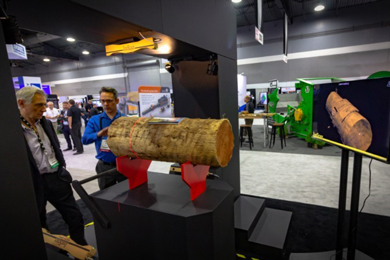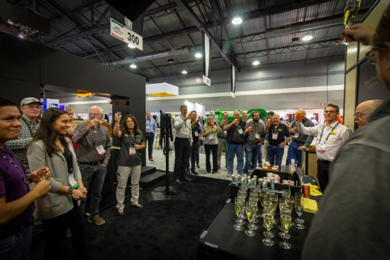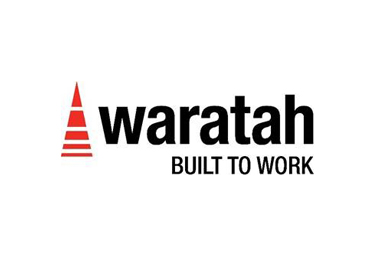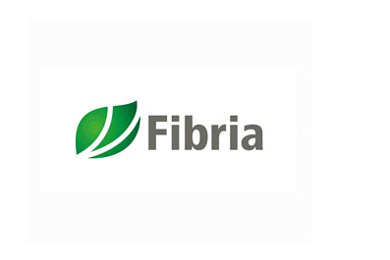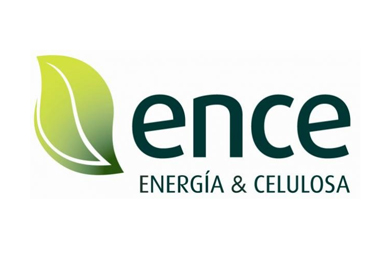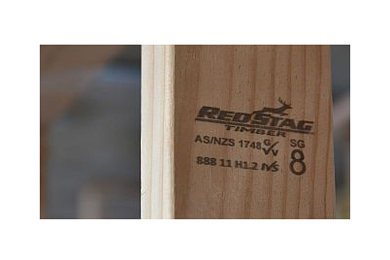Smart Forest Project applies big data/analytics, Internet of Things and Artificial Intelligence technologies in planted forests
São Paulo, October 05, 2018 – Based on a diagnosis, Fibria structured the management of forest digitization initiatives in the Smart Forest Project. Led by the Forestry area, a data collection, communication, analysis and publishing supply architecture was created, in which all actions of new technologies are centralized in the Smart Forest Project.
“Planted forests are the starting point in Fibria’s production chain. Wood provides the raw material for producing pulp, electricity and, increasingly, the inputs required for the development of new products and applications. We started this diagnosis back in 2015 and took the Industry 4.0 concept to the forest. These are day-to-day technologies applied to the field that improve the availability of data for decision making, while also increasing productivity, security and employee development,” says Caio Zanardo, Chief Forestry Officer of Fibria.
The implementation of new technologies will be on four fronts: planting, harvest, wood logistics and systematic data analysis. More than 50 projects have already been implemented and several of them have already produced results.
“There are some global mega trends that have a high probability of impacting the forest environment. Demographic changes (urbanization), climate change, scarcity of resources and energy efficiency, which can be mitigated or optimized by using new technologies, either in managing forestry assets (land, forest and machinery), or in managing inputs or behavioral management (people, safety and productivity),” says Luiz Eduardo Sabbado, manager of forestry operations development at Fibria.
Trucks with Telemetry
In the last five years, the Forestry Logistics area has reduced accidents with lost time injuries by 43% and accidents with and without lost time injuries by 60%. The main reasons for this reduction are driver training and the use of precision technology to monitor operations. In 2016, 100% of the fleet had telemetry. To improve traffic at the mill, Fibria created an automated truck entry system at the Três Lagoas (MS) unit. Similar to an automated toll system, the New Log Track technology ensures that the unit receives and tracks a timber truck every three minutes, without traffic lines or jams.
Fire surveillance video towers
Fibria has over one million hectares of forests across seven states in Brazil, which include planted forests and environmental conservation areas (native forests). Fire is always a risk threatening the forests, people and biodiversity. To reduce response times to fire alarms, towers equipped with video cameras were installed to detect fire outbreaks. By 2017, 50 towers had been installed at the Três Lagoas (MS) and Aracruz (ES) units, with range of up to 20 km. Fibria adopts a forest fire prevention policy that places tremendous emphasis on raising awareness among neighbors, partners, contractors and participants in our social programs.
However, prevention does not ward off all risks. Fibria has trained fire response teams in its plantation areas, which depend on early alerts to be able to control outbreaks still in their early stages. The cameras on towers are a valuable tool for this. In 2017, the total area affected by forest fires declined by 46% in relation to 2016. Compared to 2015, the reduction was 94%.
Automated nursery
The world’s first automated eucalyptus seedling nursery is located at the Três Lagoas Unit. It spans an area of 48,000 square meters, with annual production capacity of 43 million eucalyptus seedlings. Operating like a “seedling factory”, the nursery has 24 robots to select, plant, diagnose the seedlings and even automatically ship them for transport, all based on artificial intelligence. The technology was imported from the Netherlands, where it is already used for the automated planting of flower seedlings. This model will enable Fibria to achieve a three-fold increase in productivity compared to a traditional nursery.
The quality of seedlings produced by the automated process is better than those produced by the traditional process, with production cost being approximately 25% lower. Moreover, the automated nursery incorporates sustainability concepts in its operation: the containers in which the seedlings are planted are made from biodegradable paper and not plastic, which results in reduced waste, less water consumption and lower environmental impact.
LIDAR technology
It is an innovative technology for the measurement of areas, terrain and trees for inventory. It surveys the forest by capturing data through a laser sensor, which are then analyzed by specialized software. This project, started in 2011 at the São Paulo Forestry unit to improve the precision in measuring areas and terrain characteristics, was essential for implementing mechanized harvesting in areas with inclination of up to 33º, with data of embedded terrain, through digitized maps for greater safety in harvesting machinery. Fibria reduced the cost of monitoring and updating areas by 12%, and also implemented many modernization projects, which resulted in a 1.2% increase in its planted area.
About Fibria
The world leader in eucalyptus pulp production, Fibria strives to meet, in a sustainable manner, the growing global demand for products from planted forests. With annual pulp production capacity of 7.25 million tons, the company has industrial units in Aracruz (Espírito Santo), Jacareí (São Paulo) and Três Lagoas (Mato Grosso do Sul), as well as in Eunápolis (Bahia), where it operates Veracel in a joint venture with Stora Enso. The company has 1,092,000 hectares of forests, which include 656,000 hectares of planted forests, 374,000 hectares earmarked for environmental preservation and conservation, and 61,000 hectares destined for other uses. The pulp produced by Fibria is exported to more than 35 countries and is the raw material for educational, health, hygiene and cleaning products. Learn more at www.fibria.com.br
More information | FleishmanHillard
Fibria Media Relations
Andrea Donadio
+55 (11) 3185-9934
andrea.donadio@fleishman.com.br
Anne Dias
+55 (11) 3185-9940
anne.dias@fleishman.com.br



